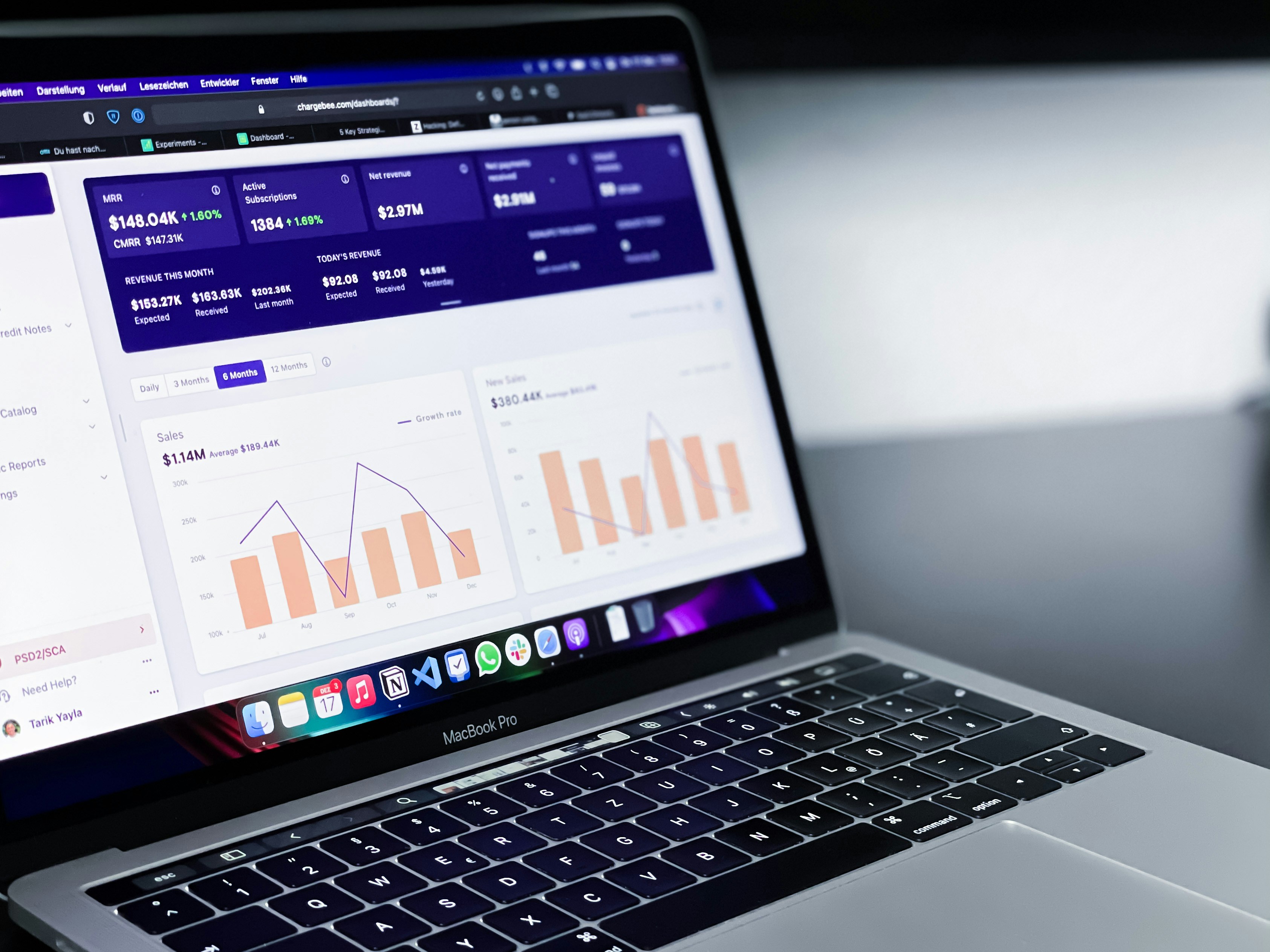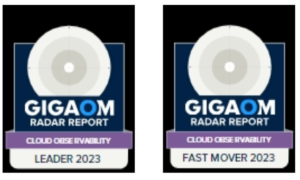
Leveraging Technology for Success: Strategies and Insights

Understanding the Role of Technology in Today’s World
In contemporary society, technology plays a pivotal role across numerous sectors, significantly reshaping how individuals and organizations operate. From business and education to healthcare and everyday life, the integration of technology has become essential for enhancing operational efficiency and streamlining communication. The evolution of technology drives innovation and presents both opportunities and challenges that are integral to achieving success in various domains.
In the business sector, for instance, the advent of cloud computing and data analytics has revolutionized how companies manage information and make informed decisions. Through tools such as customer relationship management (CRM) systems and enterprise resource planning (ERP) software, firms can optimize their workflows and improve customer engagement. Additionally, industries are increasingly adopting automation, which not only increases productivity but also allows for more accurate performance metrics, leading to better strategic planning.
Education has also undergone a transformation, facilitated by technology. The introduction of e-learning platforms and interactive educational tools has made education more accessible. Students can engage with an array of resources online, enhancing their learning experience and enabling personalized study methods. Moreover, educators utilize technology to track student progress and tailor instruction to meet diverse learning needs effectively.
Healthcare is yet another sector significantly influenced by technological advancements. Telemedicine, electronic health records (EHRs), and health monitoring devices have changed the landscape of patient care. These technologies support healthcare providers in delivering timely care and managing patient data more efficiently, ultimately improving health outcomes.
As technology continues to advance, the necessity for individuals and organizations to adapt becomes increasingly clear. Understanding the various types of technologies that transform these sectors is essential for leveraging their full potential. Embracing technological innovations will not only foster growth but also facilitate competitive advantage in an ever-evolving world.
Identifying Technology Opportunities for Improvement
In the rapidly evolving landscape of business, recognizing technology opportunities for improvement is essential for enhancing efficiency and driving growth. To begin this assessment, it is crucial to carefully evaluate existing processes and workflows. This can be achieved by mapping out current operations and identifying areas that may hinder productivity or escalate costs. Gathering feedback from employees who utilize these processes daily can also provide valuable insights into specific pain points that may require technological solutions.
Another critical aspect of this evaluation is benchmarking against industry standards. Understanding where competitors excel and identifying gaps in one’s own operations can illuminate significant areas for potential enhancement. By closely observing best practices within the industry, it becomes more apparent which processes may benefit most from technological intervention.
Beyond identifying inefficiencies, recognizing opportunities for automation is vital. Many routine tasks can be streamlined through advanced software solutions, significantly reducing the time and effort required for mundane activities. For instance, employing customer relationship management (CRM) systems can automate client interactions, thereby improving service delivery and operational efficiency.
When selecting appropriate technologies, several criteria should be considered to ensure alignment with organizational goals. Scalability is crucial; the chosen technology should adapt and grow alongside the business. User-friendliness is another factor, as systems that are intuitive will require less time for training and integration, leading to quicker adoption. Furthermore, cost-effectiveness must be evaluated, ensuring that the benefits of the technology will outweigh its costs over time.
Through a thorough assessment of current processes and careful consideration of potential technological solutions, organizations can identify opportunities for improvement that ultimately drive success and enhance overall performance.
Implementing Technology Solutions Effectively
Implementing technology solutions within an organization or personal workflow requires careful planning and execution to ensure success. The first step in this process is to identify clear objectives for the technology adoption. Understanding the goals will help guide decisions on which tools to implement and how they align with broader business strategies.
Once the objectives are set, the importance of change management cannot be overstated. Change management involves preparing and supporting individuals during the transition as new technology is introduced. It is critical to establish a robust training program tailored to the needs of end users. This training should focus not only on how to use the new technology but also on highlighting the benefits it brings to the organization or workflow, thereby enhancing user buy-in.
Effective communication plays a vital role in the implementation process. Stakeholders should be informed about the upcoming changes, including the reasons for the new technology, its potential impacts, and the timeline for implementation. Providing regular updates can foster a sense of transparency and reduce resistance to change, which is often a challenge during technology implementation.
Furthermore, ongoing user support is essential. Establishing a help desk or support team dedicated to assisting users can alleviate challenges that may arise during the initial implementation phase. Users should have access to resources that enable them to navigate any technical difficulties they encounter.
Despite careful planning, challenges will inevitably surface, such as resistance to change or technical issues. To mitigate these risks, organizations should adopt a flexible approach, ready to adjust strategies as needed. Collecting user feedback throughout the implementation can help identify areas needing improvement and ensure that the technology solutions resonate effectively with the intended users.
By following these steps and focusing on change management, organizations can facilitate a smoother transition to new technology solutions, ultimately maximizing their benefits and enhancing overall productivity.
Measuring the Impact of Technology on Performance
Assessing the effectiveness of technology solutions within an organization is crucial for ensuring that these tools contribute positively to overall performance. This assessment typically requires identifying and monitoring key performance indicators (KPIs) relevant to technology use. KPIs are quantifiable measurements that can track progress toward specific goals. For example, organizations might focus on metrics such as productivity rates, user engagement levels, and operational efficiency that can be directly linked to technology adoption.
To accurately gather feedback and assess the effectiveness of implemented technology, organizations can utilize a variety of methods. Surveys, interviews, and feedback forms are valuable tools for collecting qualitative insights from employees and stakeholders. These direct feedback methods allow organizations to understand user experiences and satisfaction levels related to the new technology. Additionally, analytics tools can be deployed to quantify user interactions and performance metrics, offering insights that drive improvement.
After establishing a framework for measurement, continuous improvement becomes the next critical step. This involves regularly reviewing performance data and feedback to identify areas for enhancement. Techniques for continuous improvement may include conducting regular technology audits, engaging in iterative testing, and adjusting processes based on the findings. Organizations should also foster a culture of openness, encouraging employees to share their experiences and suggestions regarding technology use. By synthesizing data and user feedback, businesses can adapt their strategies effectively.
Ultimately, measuring the impact of technology on performance requires a proactive approach. Organizations must commit to evaluating their technology solutions regularly, ensuring alignment with strategic goals and maximization of resources. By embracing this adaptive strategy, businesses can continuously leverage technology for success, leading to sustained growth and enhanced operational performance.
















